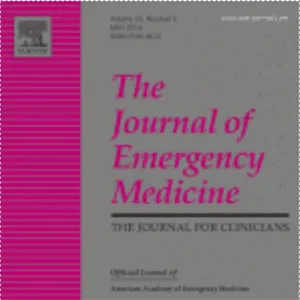lescoursjulien.com
L et J Poésie d’amour: le coeur en syncope♥️
J’ai le coeur en syncope de lui écrire des poèmes
Des mots qui s’envolent, des mots qui aiment
Qui parlent du passé, du futur, du présent
Qui disent la pureté et la vérité de mes sentiments.
J’aurais les doigts qui brûlent de lui envoyer un message
Peut-être la réponse serait le mépris ou le silence
Certainement de la gêne, de l’indifférence
Rien de bon ne viendrait, même si je faisais preuve de courage.
J’aurais les oreilles qui saignent de l’entendre
Si elle n’avait à me dire que je ne dois me méprendre
Que je suis devenu un spectre poussiéreux et embarrassant
Que je suis devenu un bibelot translucide et transparent.
J’aurais les yeux qui se ferment de la voir
Si elle n’était plus la même, si la trahissaient mes yeux miroirs
Je scruterais toutes les dissemblances des temps de notre union
Je scruterais toutes les dissonances de notre désunion.
Seulement, j’ai les doigts orphelins des siens
J’ai les oreilles vides de ses facéties de lutin
J’ai les yeux voilés par l’obscurité de son absence
Et les murs se renferment sur tous mes sens.
À lire: L etJ, Liste de 100 poésies d’amour à lire ❤
lescoursjulien.com
Page Facebook: CoursJulien
Twitter:@lescoursjulien
Contact: lescoursjulien@yahoo.fr














